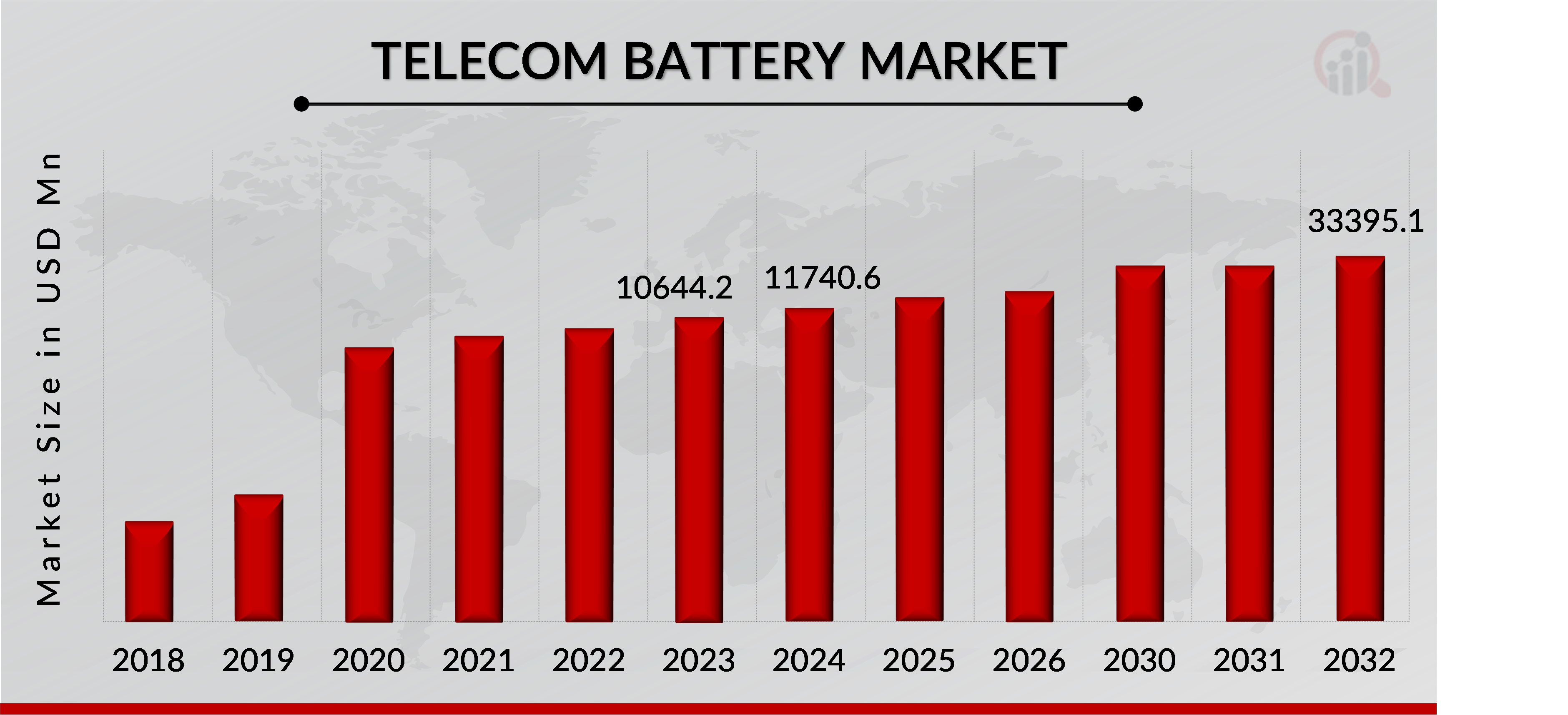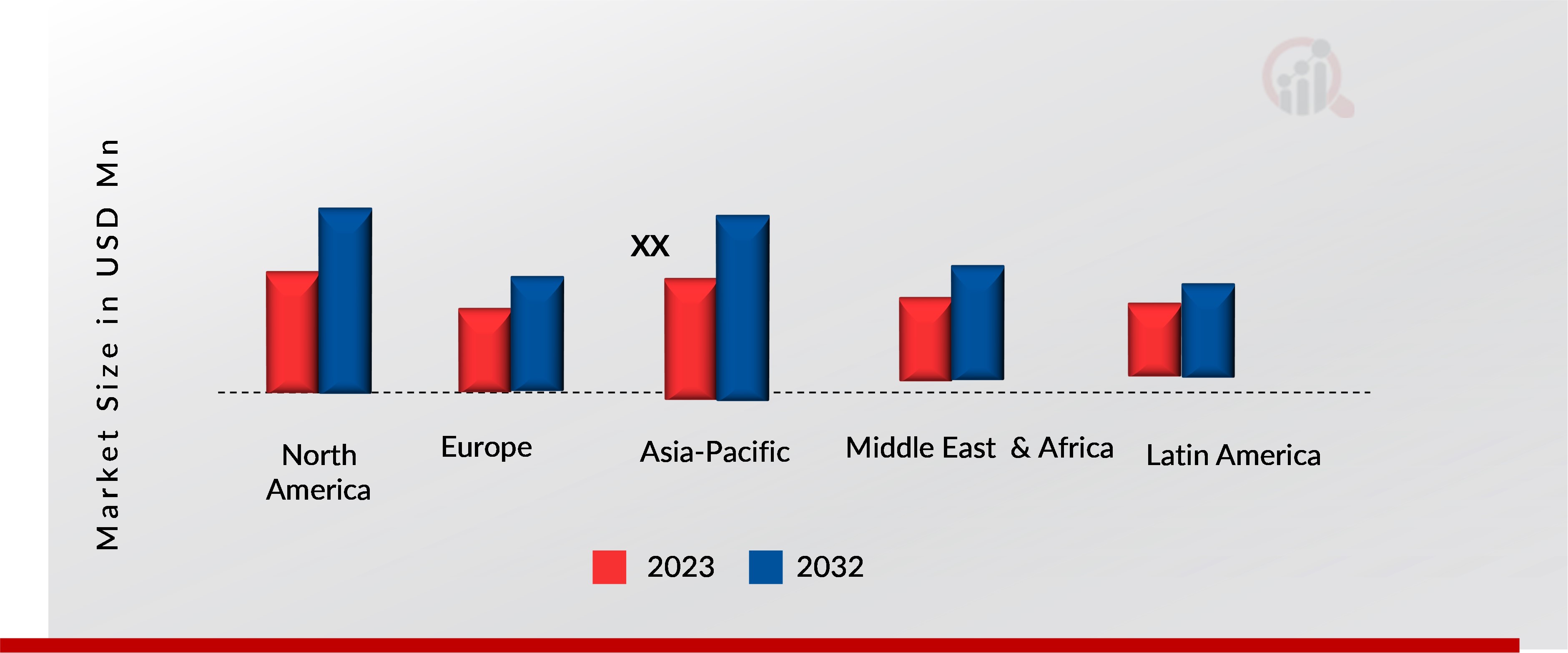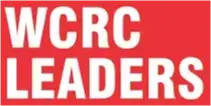Telecom Battery Market Overview
Telecom Battery Market Size was valued at USD 10644.2 Million in 2023. The Telecom Battery Market industry is projected to grow from USD 11740.6 Million in 2024 to USD 33395.1 Million by 2032, exhibiting a compound annual growth rate (CAGR) of 13.96 % during the forecast period (2024 - 2032).
The Telecom batteries are specifically designed to operate large-scale backup power applications in the event of a power outage or failure. These batteries are used in telecom systems such as data centres, UPS applications, telephone networks, radio broadcasting systems, computer networks, and internet servers. The telecom battery market is experiencing significant growth because it has an increasing demand for reliable power solutions in the telecom sector.
The growing penetration of smartphones and the rising need for uninterrupted connectivity is helping in the growth of the market. Moreover, the advent of advanced technologies such as 5G networks and the Internet of Things (IoT) is further increasing the demand for telecom batteries to support these advanced communication systems.
High-quality telecom batteries must offer superior cyclic performance in both float and fast charge applications to be effective backup power sources. The most notable advantages of using high-quality telecom batteries in backup systems including: Long Life Span, Immediate High-Power Output, Deep Discharge Capabilities and Fast Recharge Rates. There are challenges which restrict the market growth is that it has high initial costs.

Source: Secondary Research, Primary Research, MRFR Database and Analyst Review
Telecom Battery Market Trends
RISE IN THE ADOPTION OF SMARTPHONE
There is the high or significant growth in the use or adoption of smart phones by the people. Due to the advancements in technology and feature in the smart phone has made the life very comfortable. It has reduced the dependency to go and meet the family. With the help of Smartphone one can have the video call, and other type of entertainment. It is but obvious fact that the smart phone has not only changed but there is the improvement in the battery technology. Due to which there is the more usage of Smartphone, as it has increased its reliability. Previously nickel-cadmium batteries were used but today there is more inclination and dependency on the lithium-ion battery. The lithium-ion battery is used or preferred because it is showing more promising role, in terms of efficiency, backup and is lightweight. Since the lithium battery has more energy storage capacity it is helping in keeping the long life of battery of the Smartphone.
Smartphone has now become an important part of life for the people. Since it has many features, it is the preferred option for the people. Due to the integration of the various features and technology it is very important to have a good quality of battery. So that it can support all the features, otherwise the phone will be of no use to the people. There needs to be battery technology in the smartphone that it does not get discharged frequently. This increased usage has naturally led to greater dependency on these devices, necessitating longer battery life to sustain extended periods of usage without the need for frequent recharging.
As there is development of technology such as 5g, there it needs to have fast communication, good data speed, and is going to change the communication. However, 5G's increased data transmission rates and network complexity will likely place additional demands on Smartphone batteries to support these advanced functionalities, further fueling the need for more efficient and high-capacity battery solutions.
Telecom Battery Market Segment Insights
Telecom Battery by Product Type Insights
The Telecom Battery Market segmentation, based on the product type, the Telecom Battery Market has been bifurcated into lithium-ion battery, lead-acid battery and Other. In 2023, the lithium-ion battery segment drove the Telecom Battery Market by holding a substantial market share. It is projected to register a CAGR of 14.41% during the projected timeframe. Typically, Lithium is a good conductor of electricity and can combine with many other metals to form alloys. Lithium-ion batteries provide more and more energy in a smaller container.
Lithium-ion batteries have many applications like cell phones, FTTX installations, remote terminals (such as in FTTX installations), access networks, BTS (Base Transceiver Stations) for wireless networks, cable networks, central offices, fuel cell powered system cars, artificial pacemakers, PCs, laptops, audio players, clocks, toys, cameras, automobiles etc. One can say lithium-ion batteries would be the next generation battery and future powerhouse for telecommunication applications. The lithium ion battery may be the alternate of VRLA battery because of higher energy densities, reliability, safety, low maintenance costs and the ability to operate in a wide range of environmental conditions for long periods.

Telecom Battery market By Capacity Insights
Based on the Capacity, the Telecom Battery Market has been divided into Low, Medium and High. In 2023, the Low segment drove the Telecom Battery Market by holding a substantial market share during the assessment period. This segment accounted for the largest share of the market in 2023 and is expected to remain dominant during the forecast period. Typically, low power communication batteries are created for use in situations where low power is required. The energy capacity of these batteries ranges from 1 to 5 ampere hours (Ah).
The use of it is widespread in small communications equipment, such as base stations, mobile towers, and remote monitoring systems. Low consumption batteries are well-suited for applications where power consumption is low or only intermittent, such as in rural areas with sparse grid coverage. It is also suitable for backup power systems where the main power source is unstable or prone to power outages. Low-capacity batteries are generally less expensive than higher capacity batteries, making them a cost-effective option for small-scale telecom applications.
Telecom Battery Market Regional Insights
Based on Region, the Telecom Battery market is segmented into North America, Europe, Asia-Pacific, Middle East & Africa, and Latin America. The Asia-Pacific Telecom Battery market held the maximum market share and is also expected to account for a significant revenue share during the forecast period. Asia-Pacific is a dynamic and fast-growing region for Telecom batteries. China, Japan, and South Korea are the primary markets in the region at present, while India and south Asia are experiencing the most rapid growth. The demand for power-efficient mobile phone batteries in the Asia-Pacific market is increasing. Increasing mobile data usage and the IoT, with telecom operators investing heavily in developing network infrastructure. This has led to a significant increase in the demand for mobile batteries that can provide long-term, reliable power.

Telecom Battery Market Players & Competitive Insights
Telecom Battery Market is characterized by a high level of competition, with many players emerging for market share. The top 10 companies in the market account for a significant market share of the Telecom Battery Market. The Telecom Battery Market is characterized by a high level of competition, with many players emerging for market share. The competitive landscape of the Telecom Battery market is dynamic, with companies constantly innovating and expanding their product offerings. Despite the challenges, there are several factors that are driving growth in the Telecom Battery Market such rapid urbanization in developing countries boosts market growth as well as the automotive industry's evolution toward electrification and hybridization. The Telecom Battery Market is expected to witness significant growth in the coming years, owing to growth in hybrid power generation in rural and remote locations.
The market is benefiting from the development of new technologies. The key players in the Global Telecom Market include Exide Industries Limited, Saft, Alexander Battery Technologies, Vision Battery, SUNWODA, Jiangxi JingJiu Power Science& Technology Co.,LTD., Battrixx, Narada, OGO Energy, Sacred Sun, Polarium, FIAMM, Topband, Enersys, Ipower Batteries, leoch battery corporation, RCRS Innovations Private Limited, Indoptica international, Celltech Group, Huawei, ZTE, COSLIGHT, and Wolong Electric. These companies compete on the basis of product quality, innovation, price, customer service, and market share. Companies also engage in various strategic initiatives, such as mergers and acquisitions, partnerships, joint ventures, expansions, and investments, to enhance their market position and expand their product portfolio. Companies are also focusing on developing new and innovative products that meet the specific needs of their customers.
Companies will need to continue to innovate and expand their product offerings to remain competitive. For instance, on 14 June 2023, as an innovative leader in the new energy industry, TOPBAND brought its core products of cells, BMS, EMS and PCS (1C3S), small and medium-sized energy storage systems and new energy vehicles, two and three-wheelers and other related products and solutions to the fair. A continuous stream of visitors had in-depth interaction and communication with the TOPBAND team on site. TOPBAND launches sodium-ion battery to lead the industry change.
Key Companies in the Telecom Battery Market includes.
- Exide Industries Limited
- Saft
- Alexander Battery Technologies
- Vision Battery
- SUNWODA
- Jiangxi JingJiu Power Science & Technology Co.,LTD.
- Battrixx
- Narada
- OGO Energy
- Sacred Sun
- Polarium
- FIAMM
- Topband
- Enersys
- Ipower Batteries
- leoch battery corporation
- RCRS Innovations Private Limited
- Indoptica international
- Celltech Group
- Huawei
- ZTE
- COSLIGHT
- Wolong Electric
Telecom Battery Market Segmentation:
Telecom Battery Market Product Type Outlook
- Lithium-Ion Battery
- Lead-Acid Battery
- Others
Telecom Battery Market Capacity Outlook
Telecom Battery Market Regional Outlook
North America
- Germany
- UK
- France
- Spain
- Italy
- Russia
- Rest of Europe
Asia-Pacific
- China
- Japan
- India
- South Korea
- Rest of Asia-Pacific
Latin America
- Brazil
- Mexico
- Argentina
- Rest of Latin America
Middle East & Africa
| Report Attribute/Metric |
Details |
| Market Size 2023 |
USD 10644.2 Million |
| Market Size 2024 |
USD 11740.6 Million |
| Market Size 2032 |
USD 33395.1 Million |
| Compound Annual Growth Rate (CAGR) |
13.96% (2024-2032) |
| Base Year |
2023 |
| Forecast Period |
2024-2032 |
| Historical Data |
2018 to 2022 |
| Forecast Units |
Value (USD Million) |
| Report Coverage |
Revenue Forecast, Competitive Landscape, Growth Factors, and Trends |
| Segments Covered |
Product Type, Capacity, and Region |
| Geographies Covered |
North America, Europe, Asia Pacific, South America, Middle East & Africa |
| Countries Covered |
US, Canada, Germany, UK, France, Spain, Italy, Russia, China, Japan, India, South Korea, Brazil, Mexico, Argentina, South Africa, GCC countries |
| Key Companies Profiled |
Exide Industries Limited, Saft, Alexander Battery Technologies, Vision Battery, SUNWODA, Jiangxi JingJiu Power Science& Technology Co.,LTD., Battrixx, Narada, OGO Energy, Sacred Sun, Polarium, FIAMM, Topband, Enersys, Ipower Batteries, leoch battery corporation, RCRS Innovations Private Limited, Indoptica international, Celltech Group, Huawei, ZTE, COSLIGHT, and Wolong Electric |
| Key Market Opportunities |
Advancement in Battery Technology |
| Key Market Dynamics |
Rise in the Adoption of Smartphone Rise in Data Consumption and the Growth of IOT |
Frequently Asked Questions (FAQ) :
Exide Industries Limited, Saft, Alexander Battery Technologies, Vision Battery, SUNWODA, Jiangxi JingJiu Power Science& Technology Co.,LTD., Battrixx, Narada, OGO Energy, Sacred Sun, Polarium, FIAMM, Topband, Enersys, Ipower Batteries, leoch battery corporation, RCRS Innovations Private Limited, Indoptica international, Celltech Group, Huawei, ZTE, COSLIGHT, and Wolong Electric





























